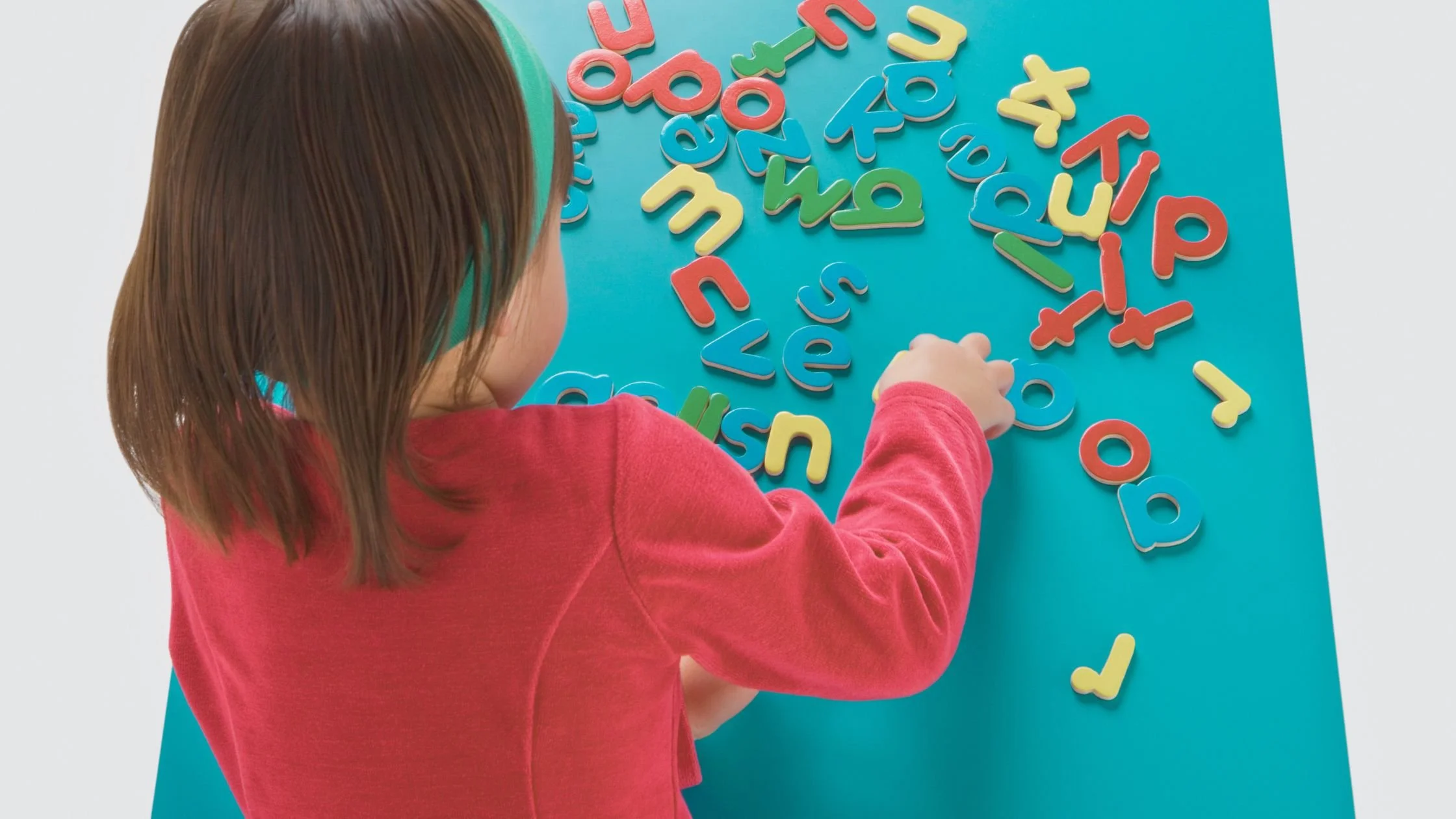Tips for Practicing Spelling
Spelling can be a challenging task for any child, but it can be particularly daunting for children with dyslexia. Dyslexia affects the way the brain processes language, making it harder for dyslexic students to spell words correctly. However, with the right strategies and a little bit of creativity, you can make spelling practice an enjoyable and effective part of your child's routine. In this blog post, we’ll explore several tips for spelling practice that provide dyslexia help to ensure your child not only improves their spelling skills but also gains confidence in their abilities.
1. Start with the Sounds: Phonemic Awareness
Before diving into spelling words, it's crucial to help your child develop phonemic awareness—the ability to hear and manipulate the individual sounds in words. Start by having your child repeat the word carefully and then break it down into its individual sounds. For example, with the word "track," your child should say each sound: /t/ - /r/ - /ah/ - /k/.
You can make this practice more interactive by using small objects like Cheerios or M&Ms. Ask your child to hold up a finger or move a manipulator for each sound in the word. This multisensory approach makes it easier for children to connect sounds with their corresponding letters, a foundational step in spelling. Phonemic awareness is a key component of dyslexia because it strengthens the neurological pathways used for reading and spelling.
2. Use Visualization for Irregular Words
Many English words are not spelled the way they sound, which can be particularly challenging for dyslexic students. Words like "does," "said," and "some" have irregular spellings that require memorization rather than phonetic decoding. This is where visualization comes into play.
Start by writing the word with the regular sounds in black and the irregular parts in red. For example, in the word "said," write "s" and "d" in black, and "ai" in red. Have your child stare at the word and take a "mental picture" of it. Then, flip the word over and ask them to visualize it, recalling the "mental picture." This method uses visual memory to reinforce the spelling of tricky words—a valuable form of dyslexia help.
3. Create Mnemonics for Memory Boost
Mnemonics are another fantastic tool to aid memory, especially for words with irregular spellings. Kids love creating silly sentences or phrases to help remember difficult spellings. For example, a child might remember the irregular letters in "would" by thinking of the phrase “Oh You Lucky Duck.” The sillier, the better! Mnemonics provide a fun, memorable way to learn spellings, making them an effective strategy for dyslexia help. Encouraging your child to come up with their own mnemonics can also make the learning process more engaging and personal.
4. Mix Up Your Methods
After a long day at school, the last thing a child with dyslexia wants to do is sit down for more pen-and-paper exercises. Mixing up your methods can make spelling practice more fun and effective. Try these creative ideas to keep your child engaged:
Rice Tray Writing: Pour dry rice onto a cookie sheet and let your child "write" the word in the rice with their finger. This tactile approach can help reinforce the shape and structure of words.
Water Painting: Give your child a paintbrush and a cup of water. Let them "paint" the word with water on a table or sidewalk. This activity is both fun and mess-free, making learning feel more like play.
Sidewalk Chalk Spelling: Head outside with some sidewalk chalk and let your child spell words on the pavement. This adds a physical element to spelling practice, which can help with memory retention.
Active Spelling: Toss a football or another ball back and forth as your child spells each word out loud. This movement-based approach integrates physical activity, which is beneficial for kinesthetic learners and provides a different kind of dyslexia help.
By varying your spelling practice techniques, you keep your child interested and engaged, making learning feel less like a chore and more like a game.
5. Praise Progress, Not Perfection
Spelling can be incredibly challenging for dyslexic students, so it’s essential to focus on progress, not perfection. Celebrate the small wins, like getting the first letter of a word right or remembering the correct order of sounds. Positive reinforcement helps build your child’s confidence and makes them more receptive to learning. Instead of focusing on what they got wrong, praise what they got right. For example, say, "Great job remembering the first sound!" This approach encourages a growth mindset and can significantly enhance motivation and resilience, key aspects of effective dyslexia help.
6. Incorporate Assistive Technology
Technology can be a fantastic ally in providing dyslexia help. Various apps and tools are designed specifically to assist with spelling and reading for dyslexic students. For example, text-to-speech apps can help children hear the word as they see it, reinforcing both visual and auditory learning. Spelling apps often turn practice into a game, making the learning process more enjoyable.
Helping your child with spelling doesn’t have to be a frustrating or tedious task. By incorporating fun, engaging, and multisensory approaches, you can make spelling practice a positive experience. Remember, the key to effective dyslexia help is patience, creativity, and consistent support. Celebrate your child's progress, use a variety of learning methods, and don't be afraid to incorporate technology into your routine. With these strategies, you'll provide the support your child needs to succeed and build confidence in their spelling abilities.
If you're looking for more personalized strategies and support for your dyslexic child, consider booking a consultation with the Read Write Learning Center today. Our experts specialize in dyslexia help and can provide tailored strategies to enhance your child's learning experience.






